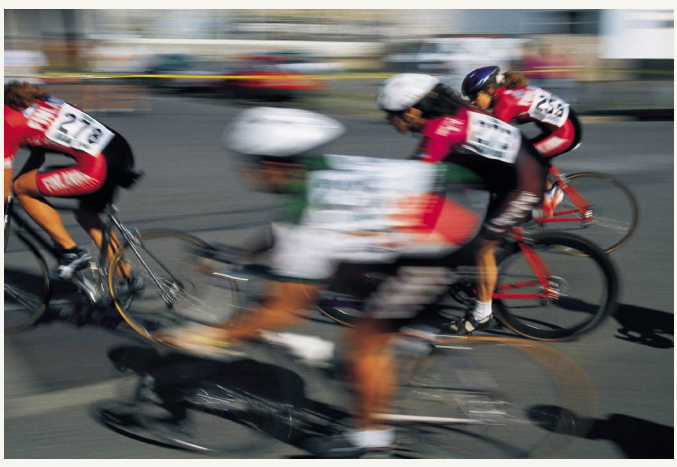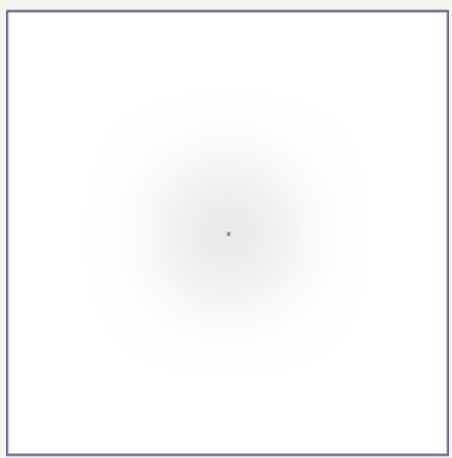Action Control and Types of Eye Movements
1/53
Earn XP
Description and Tags
Name | Mastery | Learn | Test | Matching | Spaced |
|---|
No study sessions yet.
54 Terms
Action Control
general framework for understanding how we combine sensation, perception, and motor movements to complete an everyday task
Four inter-related neural systems
eye gaze control, visula perception, motor control of limbs and body, and a schema (current task)
Retinal smearing
Also known as motion blur. Occurs if the retinal image moves too fast and the visual acuity and spatial vision become poor. Cannot be correct with optical devices.

Troxler phenomenon
when the image on the retina moves too slowly then perceptual fading can occur.

Binocular overlap
parts of the visual field can be seen by both eyes. Leads to stereoscopic depth perception (not essential for perception of depth since monocular depth exists)
OBJECTIVE 1: Can you explain the role of eye movements in action control, giving examples from daily life? (*)
.
Using the example of stocking items onto a supermarket shelf, please describe the idea of action control. Include all four components of action control and give examples of each component used by a supermarket employee.
pages 117/-119
What is a “schema” in action control? Can you describe it in a simple way with an example?
117-118
In action control, what is the difference between eye gaze and vision perception? They seem to be the same thing. An example is needed.
118 Eye gaze is a motor response of the extraocular muscles. Visual perception relates to the neural processing of information from the retinal image in the eye. One relates to information out, and the other relates to information in.
OBJECTIVE 2: Can you recall some of the important functions of eye movements?
.
When would you need to place the retinal image of an object at your fovea?
123
Please describe one advantage to humans of being able to align the lines of sight of the two eyes.
123-125
OBJECTIVE 3: Do you understand the functions of eye movements, and can you give examples of these functions?
.
Please define and describe the concept of motion blur.
125-126
Choose one of the functions of eye movements. Can you give a real example of this function from your own life?
120-133
Eye gaze control
purpose
whether it is best classified as sensory, motor, or executive
the known effect of an impairment in this component on daily tasks in someone you know (if possible)
Visual perceptual information
purpose
whether it is best classified as sensory, motor, or executive
the known effect of an impairment in this component on daily tasks in someone you know (if possible)
Motor control of limb and body
purpose
whether it is best classified as sensory, motor, or executive
the known effect of an impairment in this component on daily tasks in someone you know (if possible)
Schema of the task to be performed
purpose
whether it is best classified as sensory, motor, or executive
the known effect of an impairment in this component on daily tasks in someone you know (if possible)
O